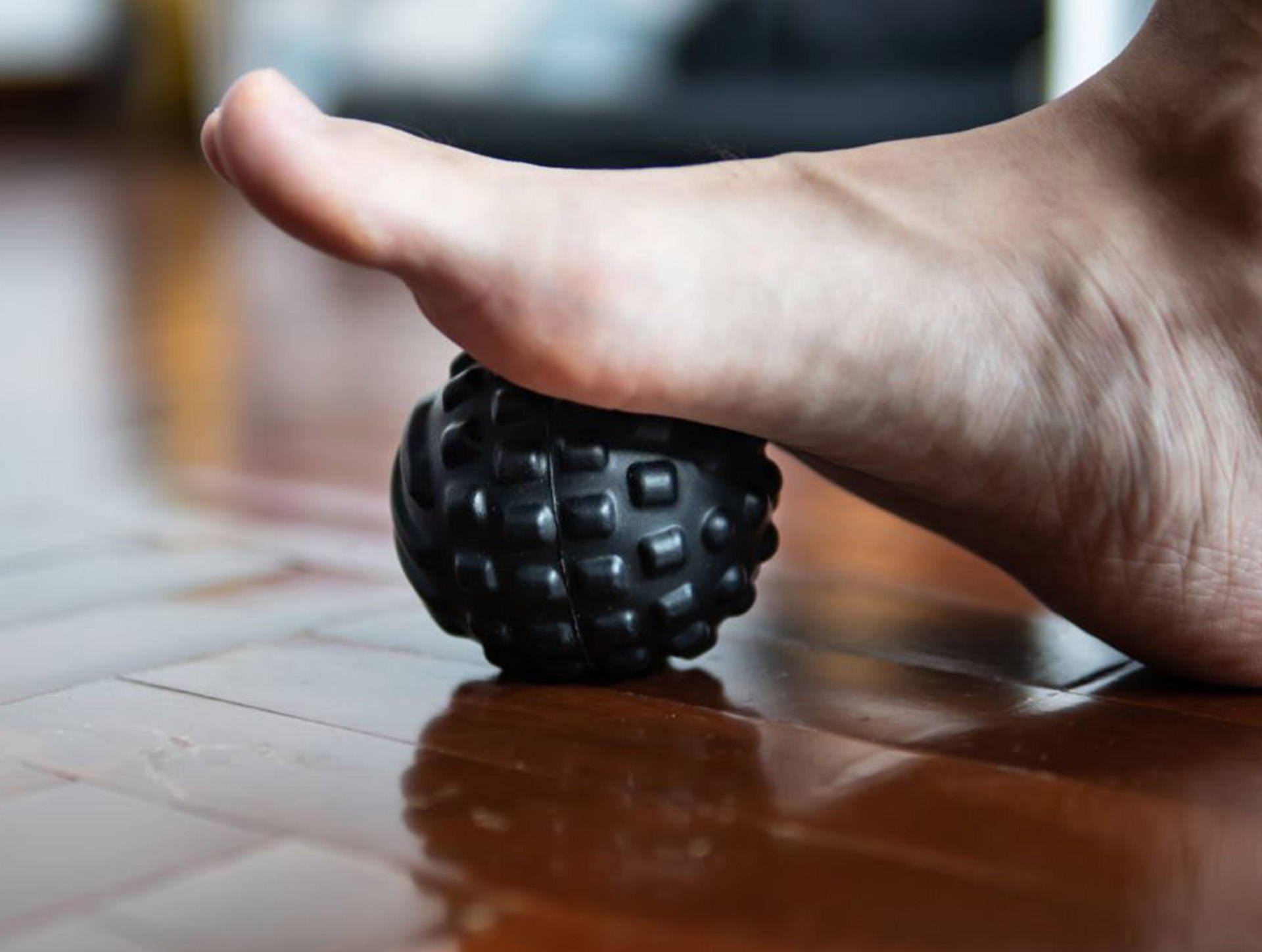
Compression Socks For Plantar Fasciitis
August 5,2023 | 3 Mins Read
TABLE OF CONTENTS
2. What are Compression Socks?
3.Are Diabetics Socks the Same Thing as Compression Socks?
4. Who Should Wear Diabetic Socks?
5.Who Should Wear Compression Socks?
6.Are Compression Socks Suitable for Diabetic Patients?
7.How to Choose the Right Diabetic Socks or Compression Socks
Plantar fasciitis, a common foot condition characterized by inflammation of the plantar fascia, can cause significant discomfort and hinder daily activities. If you're dealing with the symptoms of plantar fasciitis, wearing compression socks can offer relief and support during your recovery.
In this article, we will explore the causes of plantar fasciitis, discuss the individuals at risk, delve into the benefits of wearing compression socks, and provide recommendations for the best compression socks for plantar fasciitis.

Plantar fasciitis refers to the inflammation of the plantar fascia, a thick band of tissue that connects the heel bone to the toes and supports the arch of the foot. When this tissue becomes irritated or overstretched, it can lead to heel pain and discomfort. Several factors contribute to the development of plantar fasciitis, including:
Certain individuals are more at risk of developing plantar fasciitis due to their lifestyle or physical condition. Those most likely to experience the pain associated with this condition include:

Compression socks can be worn for plantar fasciitis, particularly at night while you sleep. Many people with plantar fasciitis experience intense heel pain in the morning, known as "first-step pain." Wearing compression socks at night can help alleviate this discomfort by reducing swelling and promoting blood circulation. The gentle pressure applied by compression socks aids in reducing inflammation and delivering essential nutrients to the affected area, aiding in the healing process.
Additionally, compression socks provide support to the plantar fascia, helping maintain its natural alignment and preventing overstretching during sleep, thus reducing pain and promoting better sleep quality. It's important to ensure the proper fit and consult a healthcare professional for guidance on the ideal compression level for your specific needs.
As was previously mentioned, sleeping in compression socks can help reduce pain caused by plantar fasciitis. Wearing compression socks for plantar fasciitis while you sleep can offer much-needed relief and aid in your recovery. It is perfectly safe to sleep in compression socks. In fact, you can wear compression socks 24 hours a day if desired. However, it is crucial to ensure proper hygiene and avoid wearing the same pair continuously. Regularly wash and rotate your compression socks to maintain their effectiveness and prevent any potential skin irritation.
It's also worth noting that if you experience any pain, discomfort, or irritation while sleeping in the socks, it's best to discontinue use and consult a healthcare professional for further guidance.
Compression socks apply gentle pressure to the feet and lower legs, helping reduce inflammation and pain associated with plantar fasciitis. This pressure helps improve circulation in the affected area, providing oxygen-rich blood to the tissues that need it most. This gives a feeling of relief and helps reduce swelling.
At Koprez, our medical compression socks are specifically designed to provide relief from plantar fasciitis. With 20 - 30 mmHg of graduated compression, these socks provide optimal support and relief from heel pain.
Ideally, wearing compression socks for plantar fasciitis throughout the night would be beneficial. However, it might not always be practical. If wearing them overnight is inconvenient, you can wear compression socks for shorter durations, such as 15-30 minutes at a time, multiple times a day. This can still provide similar benefits, including improved blood circulation and reduced inflammation. Remember to follow your doctor's advice or consult a healthcare professional regarding the recommended duration and frequency of compression sock usage based on your specific condition.
Plantar fasciitis can be a painful and debilitating condition, but the use of compression socks can significantly alleviate symptoms and aid in the healing process. By understanding the causes of plantar fasciitis, identifying those at risk, and utilizing compression socks with appropriate features, you can provide the necessary support to your feet and promote a faster recovery. Remember to prioritize your comfort, and hygiene, and adhere to any recommendations provided by healthcare professionals. Embrace the benefits of compression socks for plantar fasciitis and regain your mobility and quality of life.
Koprez® Medical Compression Socks are designed to help individuals with plantar fasciitis and are the perfect choice for those looking for relief. Get yours today!
References
Author

Claire Evans worked as the content marketing manager at Koprez. Claire combined a background of writing and editing, marketing, and patient education to best serve consumers, fitness enthusiasts, athletes, and anyone who relies on the Koprez brand for helpful information.
Koprez® Featured Products


"I sprain my wrist super often, so I decided to try out this sleeve. This is game-changing! I've been using it for a while now, and my wrists feel amazing. I haven't gotten in any injuries since using it too. It just makes my wrists feel so supported."
Alexis A.
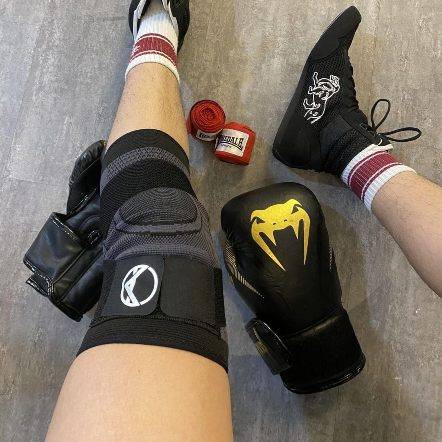

"Use this for my boxing training. It is a very comfortable brace and does not move out of position during skipping ropes and sparring sessions. I use it while running too. Probably the best brace I've purchased throughout the years. It is very flexible. Makes me look like a pro! :)"
Samuel L.


"I've just got back to running after a couple of years of being plagued by injury. These compressions socks are helping give me peace of mind while I build up my distance again. They are the perfect level of compression, super comfy, and very high quality. Feel great while on a run, and looks great in the orange colour I have!"
Dave R.
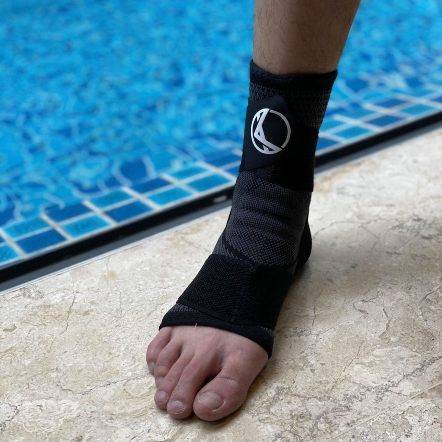

"I have a weak ankle, and the Koprez ankle sleeve has been a lifesaver. Wear it every day. Super breathable and comfortable. Like wearing a cool sporty looking sock!"
James F.
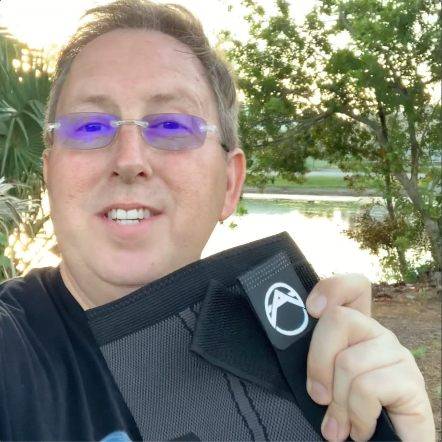

"This is the best knee sleeve I've ever tried. It's now a must-have for all my exercises. A few years ago, I had an accident that damaged my knees, but with Koprez I can be active again with no knee pains at all. It's been truly amazing!"
Alex M.
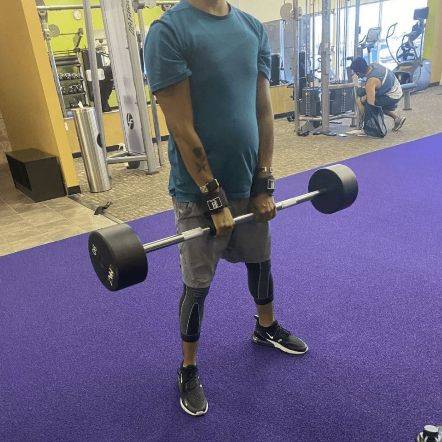

"One of the best purchases I've ever made. It fits your legs all the way from top to bottom, great snug fit, gives you support and definitely helps during rehab and training."
Rafael A.
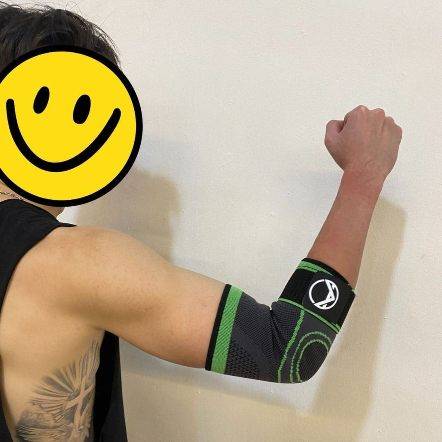

"I had a minor elbow injury, and Koprez sleeve was super supportive and definitely helped me recover faster. I still use the sleeve to prevent further injury. So far, so good. Very comfortable and does not feel hot at all. Highly recommend!"
Corey B.


"It's really been a game-changer for me. It allows me to exercise a lot longer than I used to. Now my knees don't hurt, and they're not uncomfortable at all."
Mike P.


"Great product!!"
Harold
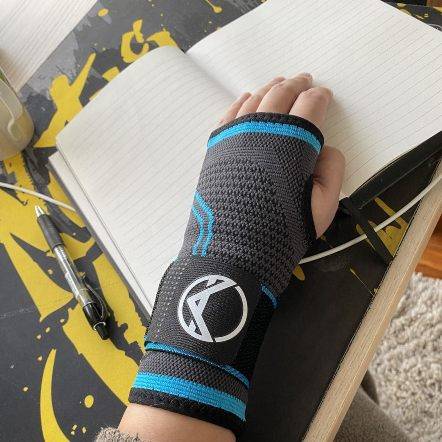

"I have carpal tunnel, and this brace has helped me work pain-free. Love the materials, and I can feel my wrists slowly getting better, even when I don't wear them!"
Christopher J.
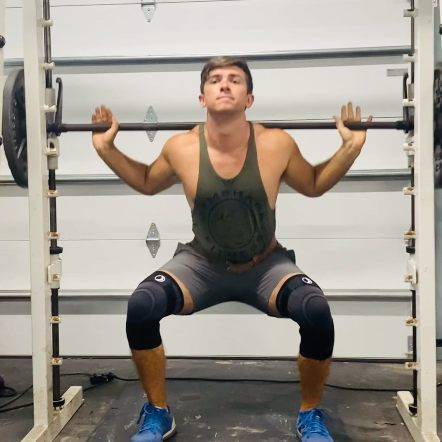

"I wanted to try out these sleeves to improve my squats and deadlift in the gym without worrying about injuring my knees. They stayed up throughout the entire gym session, and my knees feel super supported. Now I can do what I love for years to come. "
Corbin C.